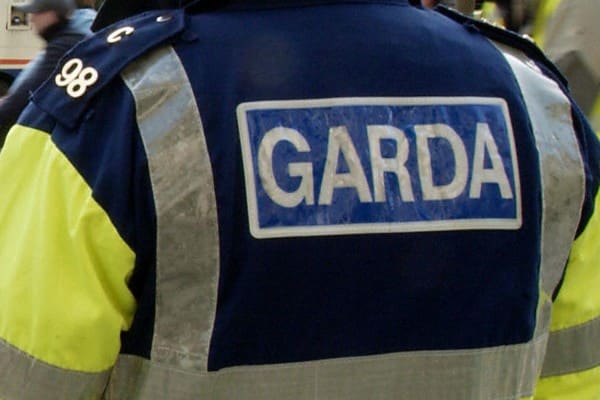If you took even a passing glance at social media during the lockdown, you’d have been forgiven for assuming that we had a sudden and serious problem with dog theft in this country. Vicious gangs, perhaps hundreds strong, were roaming the near-empty countryside, it seemed. Swooping on unsuspecting pooches, spiriting them away and making them re-appear at the other end of the country. Pictures of weepy-eyed Spaniels found hundreds of miles from home kept cropping up in our newsfeeds. Except, of course, on closer inspection, it appeared that it was often a photo of the same dog, posted over and over again. The horrific excesses of these dognapping gangs were left to our imagination. There was talk of microchips being “cut-out” and whispers about what might have been happening to “Molly” and “Topsy” while they were in the clutches of these gangs. It didn’t bear thinking about but it was, no doubt, gruesome.
So what was the truth of it? There’s no doubt that dog theft does occur. If there’s a way to make money out of something, we can be sure that someone will think up a way to make that money for themselves. Dogs are valuable in two ways. A pedigree pup, depending on the breed, can fetch up to €1000. There’s additional value to be had in an unsterilised pedigree animal of any age. The much publicised puppy-farms, where animals are kept in terrible conditions solely for breeding purposes, quite rightly give the owners of missing dogs a chill. Indeed, the Guards have been on the trail of the dog thieves for a long time. In August 2020, 10 suspected stolen dogs were found by Gardaí during the search of a property in Rathkeale, Co. Limerick.
It’s suspected that some stolen dogs are packed off to the U.K., where Springer Spaniels are sold as pets to their unsuspecting new owners for up to £2,000. Dog theft has been with us for a long time. Whether there was a real spike in this activity at the time of the lockdown is up for question. The cost of dogs as advertised online certainly spiked after March and with increased value comes increased incentive. However, An Garda Síochána stated in August that official figures for the first 6 months of the year did not “show a spike in recorded activity on the theft of dogs during the 1st half of 2020.” The total number of dogs involved in dog theft incidents in the first half of this year was 120. In 2019, it was 205. So, a downturn rather than an upsurge.
Whether it was lockdown-brewed hysteria or an actual upsurge in missing and stolen dogs, Peadar Tóibín of Aontú will be presenting a bill to the Dáil that, if enacted, would see anyone convicted of pet theft getting a minimum 10-month prison sentence. Deputy Tóibín said: “In recent months we’ve seen reports of the theft and resale of family pets. We have also heard reports of pets being taken for breeding purposes. It has been reported that professional gangs can make big money from this type of theft. It has even been suggested that thieves may leave a mark on the road in chalk or by tying a piece of string to a garden gate to target these houses for theft after dark. While it’s hard to get a picture of the prevalence of these thefts we in Aontú have been contacted by many devastated individuals in recent times whose pets have been stolen.”
While we can easily get a picture of the “prevalence of these thefts” by talking to An Garda Síochána, there’s no doubt that this crime has devastating consequences for loving pet owners who feel like they’re losing a family member when their dog goes missing.








